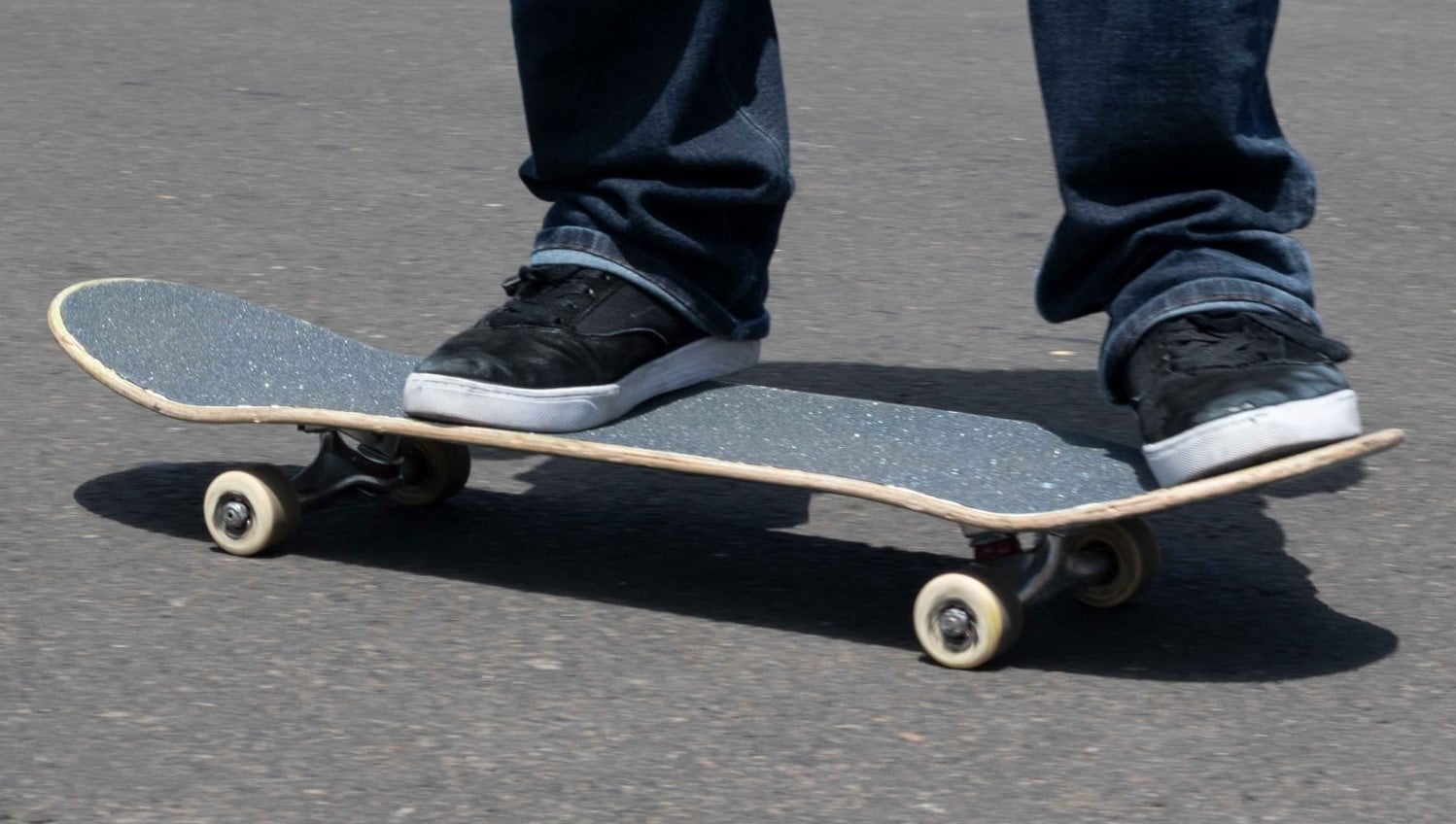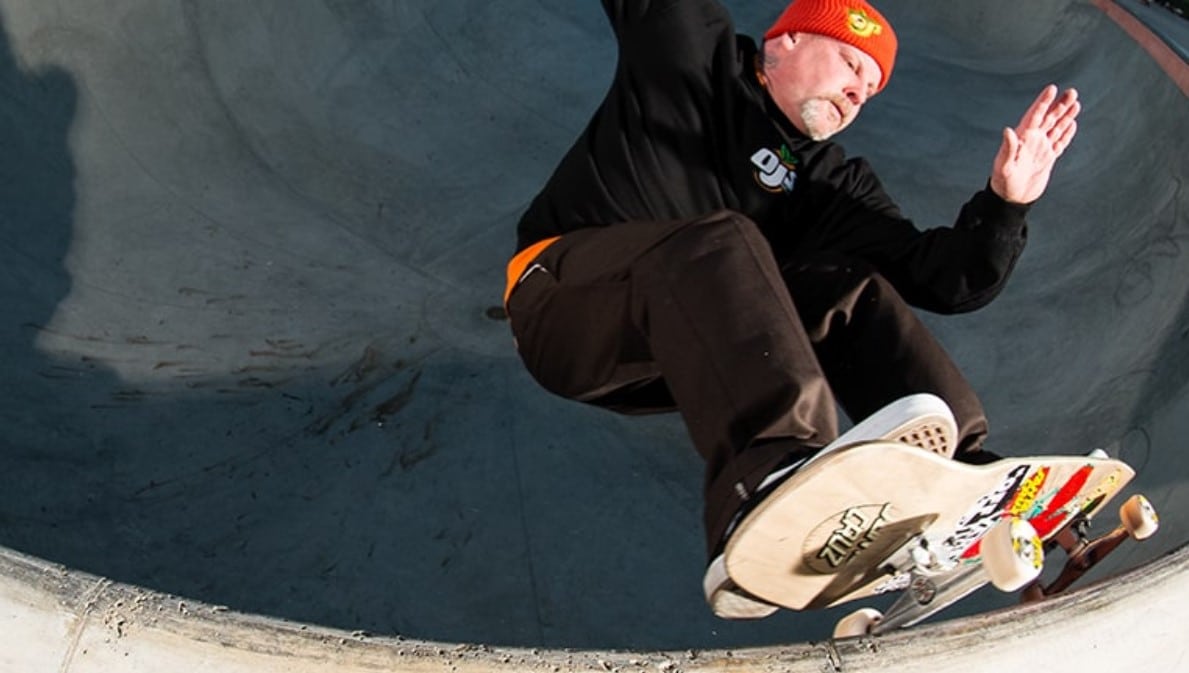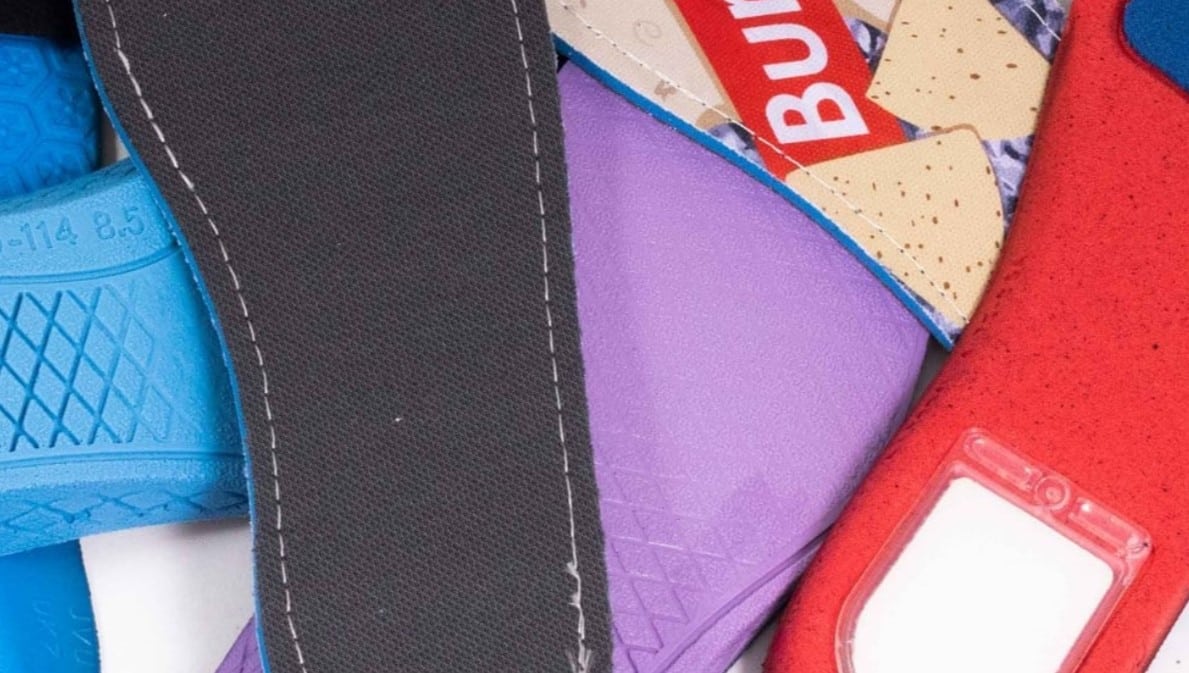Learning to Use a Skatepark
If you're brand new to skateboarding, the skatepark can feel like an intimidating place. As long as you learn how to share the park with others the right way you'll be alright. We've created some tips to help you learn the dos and don’ts at the skatepark.

Skatepark Etiquette
Know the Flow of the Park
When you first show up to a new park, take a few minutes to observe. Watch the lines that the skaters are taking and pay attention to where people gather. You do not want to be in the way of other skaters. Not only is it dangerous, but it'll be very frustrating to others. Typically there'll be a few spots around the park where people wait for their turn to skate. Figure out where those places are and get in line.
Tip: An early morning sesh can be a great way to beat the crowds and ease your way into skating in a park.
Communication
It's important to communicate with other people in the skatepark. It can be as simple as pointing in the direction you plan on going, a head nod or even making some kind of noise to let them know you are near them. You don’t want to snake anyone or people will get upset. So wait your turn and let people know when you are beginning your line.
Peripheral Vision
Skateboarding takes concentration on yourself, but it's still important to look around you and plan ahead to avoid a potential collision. Don’t assume that everyone knows exactly where you plan to go next. Keep your head up and anticipate where others are going. If you’re going into an area that you cannot tell if someone else is already in, be extra cautious or wait until you know for sure that no one is in there.
Losing Your Board
If you crash or bail, keep an eye on your board. If your board goes rolling away it can be dangerous and unexpected to someone who has dropped in after you. Nobody wants your board to make them crash, so call out “board!” Then go get it as quickly as possible.
Trying Someone’s Trick
Skateboarders don’t own their tricks, but you won’t earn any respect from the locals if someone is in a hard fought battle with a trick and you land it in their face. It could be worth a conversation about the trick, or to ask them if it’s cool if you try it too. Hey, you might make a friend.
Using Wax
Waxing a ledge or coping seems like a good idea if you're sticking on a trick. Be aware that it can make a feature slippery and dangerous for others, especially if they're unaware. Make sure to consult with other people at the park before waxing a feature, or just skate faster!
Taking a break
Yes, ledges make great seats, but someone wants to skate them. Try to sit down outside of the skatepark. Most parks have benches or seating areas on the outside of the park that are meant for taking breaks. Some parks have areas within the park where people sit, but observe these areas first to make sure that you won’t be in anyone’s way if you sit there.
Be an Advocate for your Park
If you see someone not following the skatepark etiquette and putting others at risk, be an advocate for your park. A friendly and informative conversation about the rules, written or not, can make your skatepark a safer place for everyone.
Stay Positive
No matter your skill level, skateboarders respect other skateboarders who are putting in the work to land a trick. Know that you have the same right to battle a rock to fakie as someone does to work on their frontside air. Everyone has to start somewhere. So be brave, stay positive and go shred the park!
Skatepark Styles

Transition
Transition is generally defined as skating ramps. The original inspiration behind transition skateboarding came from surf style, and skating empty pools and drainage ditches. Bowls, mini ramps, vert ramps, banks, barriers, and the combination of them all can be characterized as transition skating. This style of skating generally involves less pushing. Skateboarders use these ramps to generate speed and link together carves and tricks.

Street Course
A street course’s design draws direct inspiration from rails, ledges, and stairs that are found in a real city’s architecture. Skatepark designers often add transition features to these street courses to improve the flow of the park, allowing skateboarders to link together tricks and features.

Plaza
Similar to street parks, skate plaza’s can be exact replicas of famous street spots, or inspired by them. A skate plaza generally looks a lot like a plaza found in an actual city. These spots give street skaters a safe and legal place to skate ledges, rails, curbs, stair sets, and other features.
Skatepark Surfaces

Concrete
Concrete parks are generally smooth and fast. These parks stand the test of time and nature much better than most other surfaces. Concrete allows skatepark designers to create a more flowy and creative final product.

Wood
Probably the most common skatepark surface in the late 90s/ early 2000s. Wood can be a more forgiving surface to fall on, but it can limit the creativity of the skatepark design if the builder isn’t at the peak level of their craft. Wood parks are usually built indoors to be protected from the weather. However, indoor parks tend to build up with dust which can make them slippery.
Tip: Try a slightly softer wheel than you normally skate outdoors.

Sheet Metal
Sheet metal is often applied to the surface of wooden ramps. It can often be more slippery than wood and become very hot to the touch in high temps. (Be careful!)

D.I.Y.
Do it Yourself! Not every city or town has the budget to build a skatepark, so people often take it into their own hands to build things to skate. DIY parks are built out of mixed materials and can be rough. Make sure to be polite to the locals, as they may have put in time and effort to build a place for you to skate.
Keep Learning
Still Have Questions?
We’re here to help. You can call, email, chat or IM during business hours seven days a week. Our customer service staff skates…a lot. They know their stuff and are happy to help you with all things skate.



